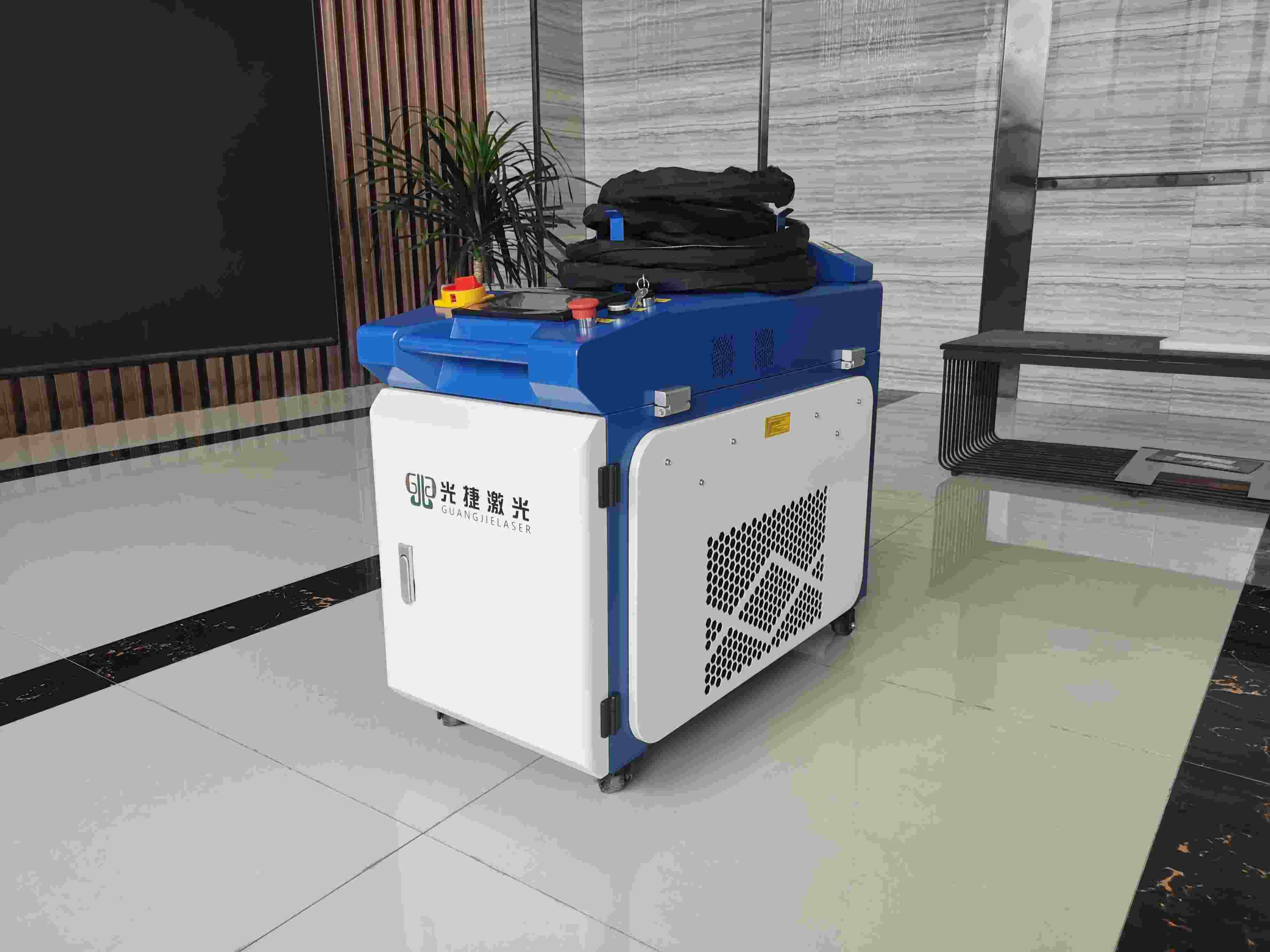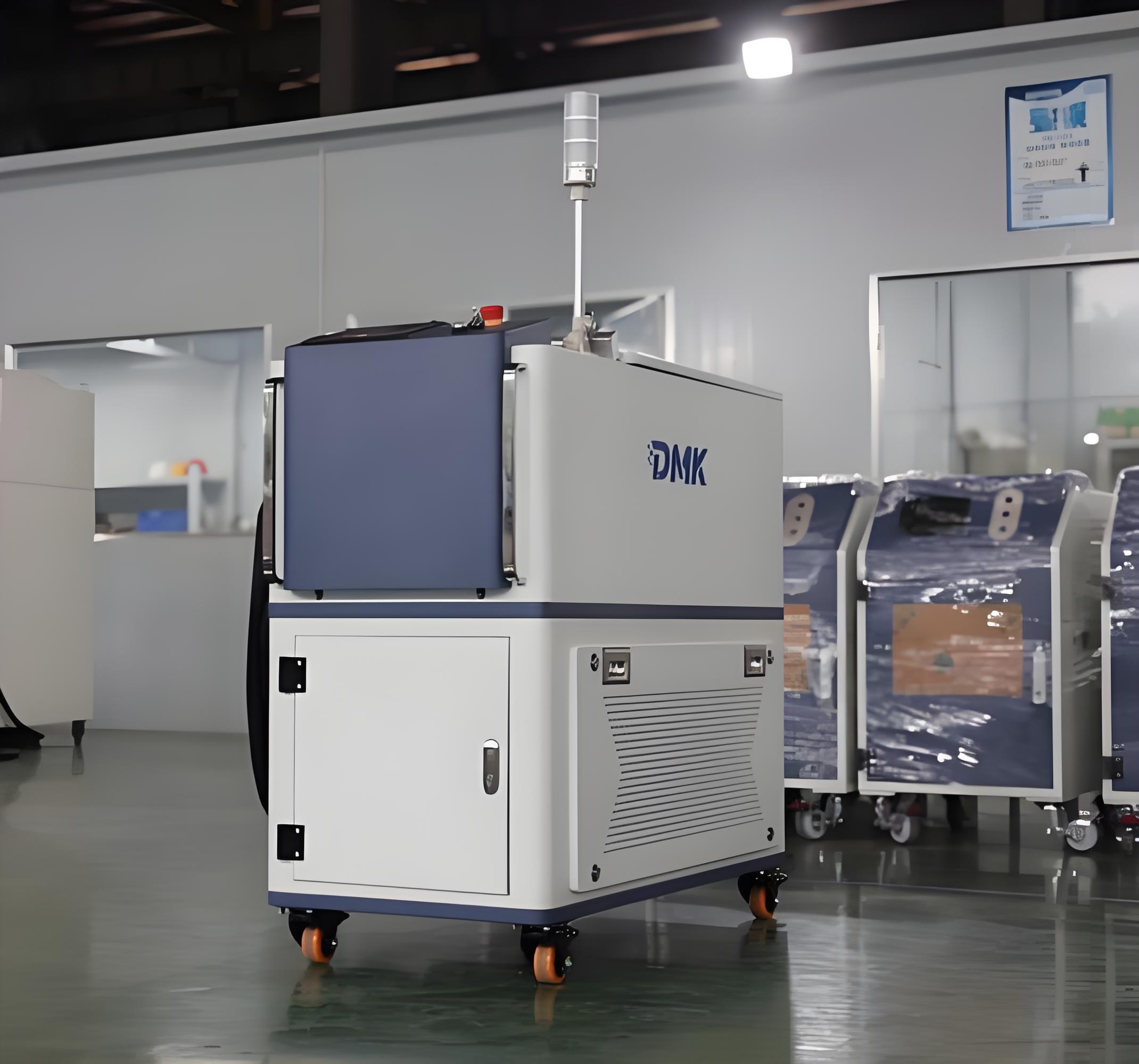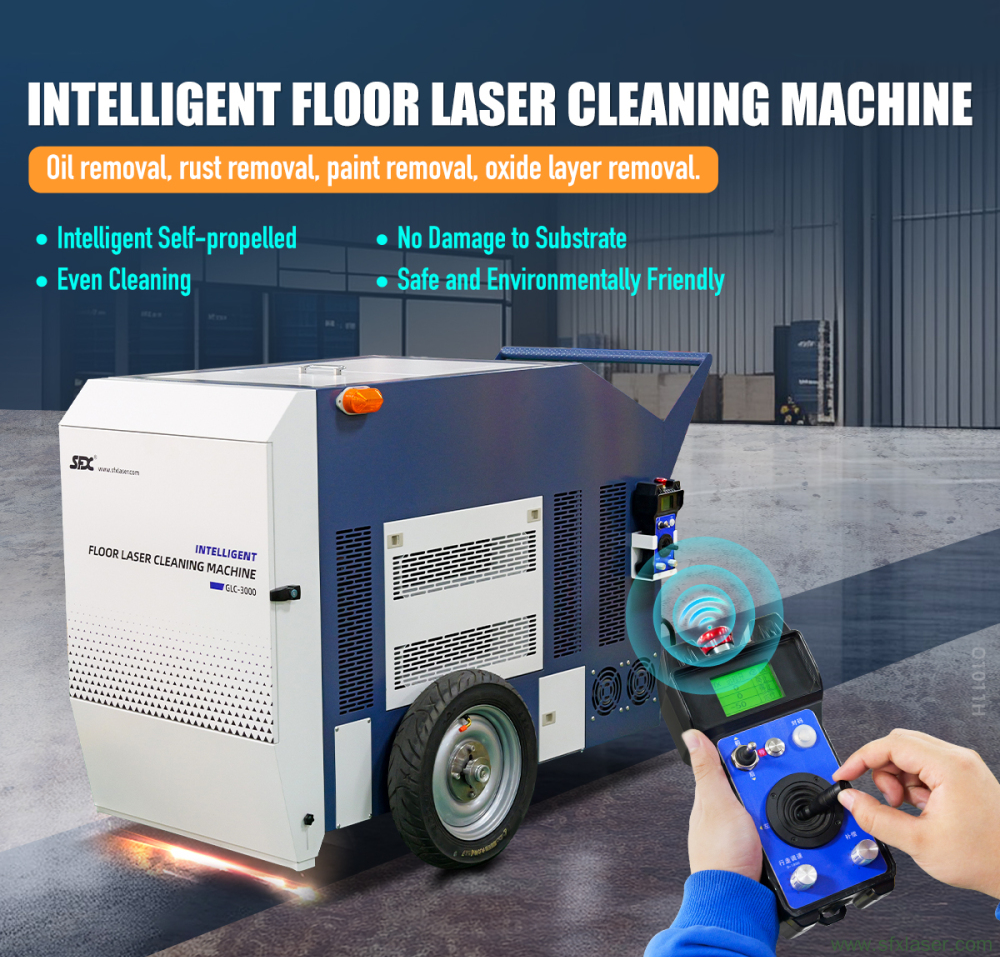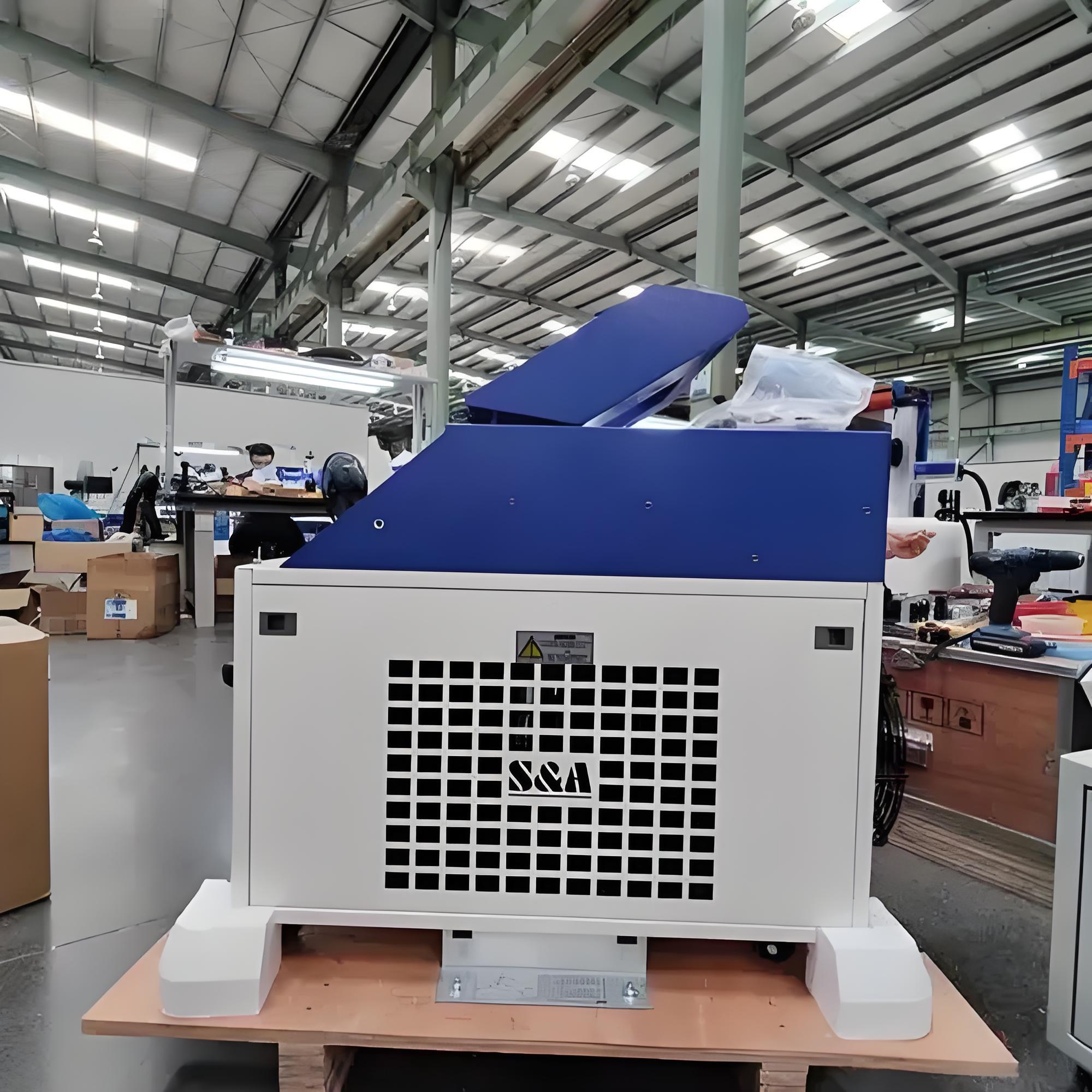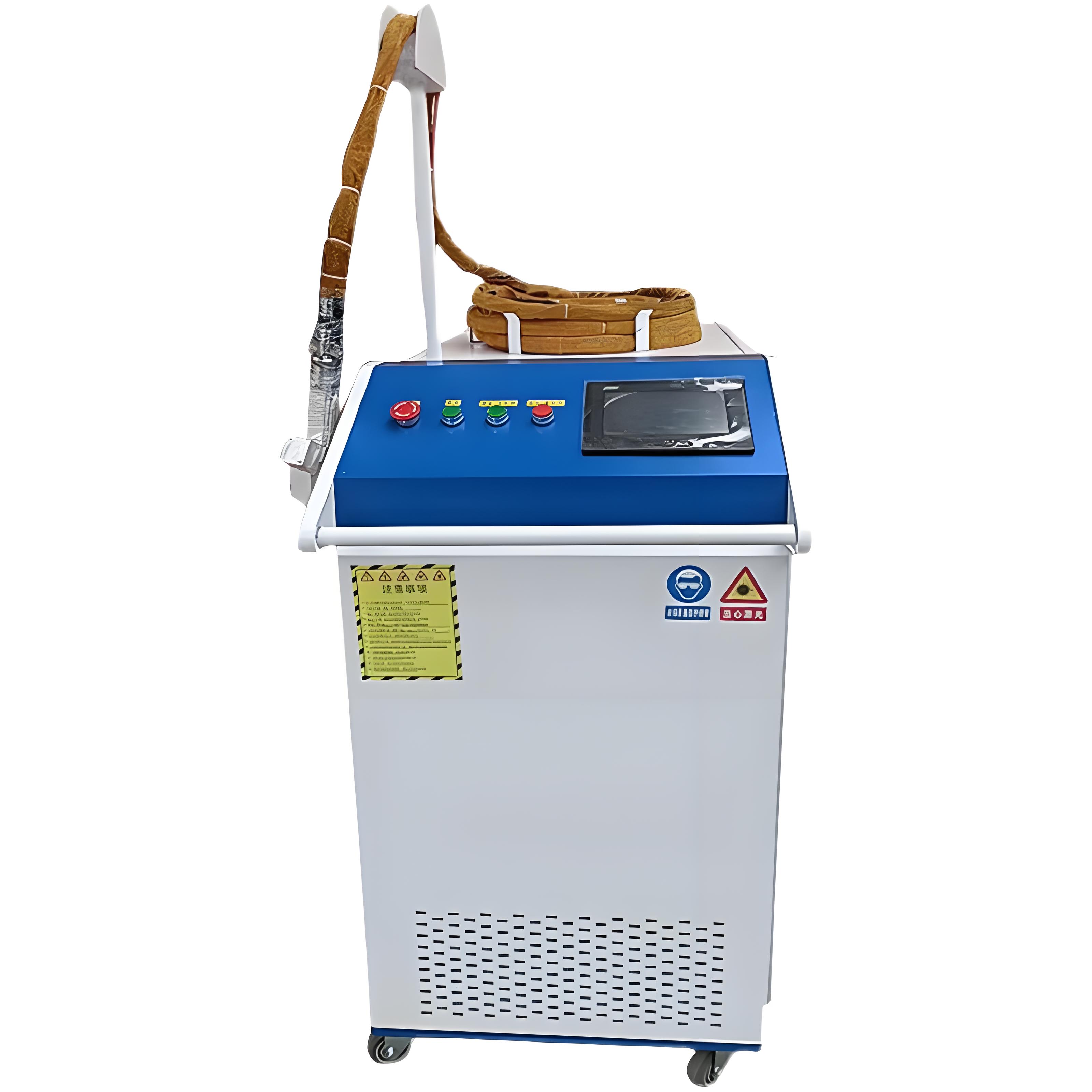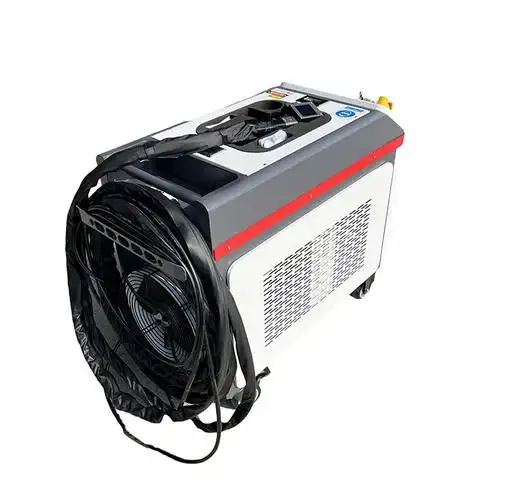Having spent over a decade in the industrial cleaning and maintenance sector, working with everything from traditional sandblasting to cutting-edge laser technologies, I’ve seen how equipment advancements can transform operations. One question I often get from clients, facility managers, and technicians is whether laser rust removal machines can be networked for remote monitoring of their operational status. It’s a practical concern—modern workshops and factories are increasingly leaning on smart technology to streamline processes, reduce downtime, and keep costs in check. In this article, I’ll dive into the capabilities of laser rust removal machines for networked monitoring, share insights from my experience, and explore how this technology can fit into a connected industrial setup.
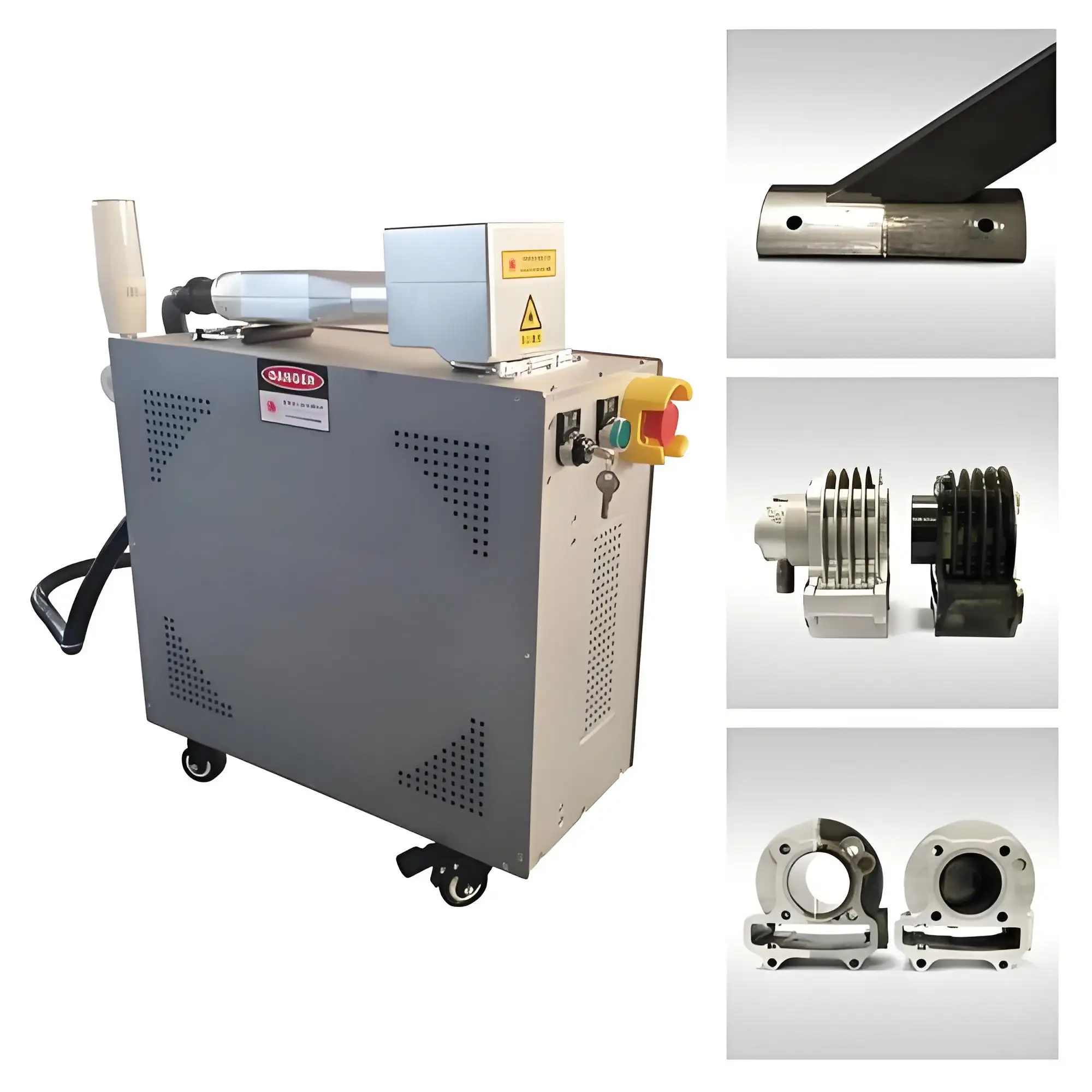
Why Remote Monitoring Matters
In today’s fast-paced industrial world, keeping tabs on equipment without being physically present is a game-changer. When I started in this field, checking a machine’s status meant walking to the shop floor, flipping through logbooks, or hoping the operator remembered to report issues. Now, with Industry 4.0 principles driving automation and connectivity, businesses want real-time data on their equipment to boost efficiency, catch problems early, and optimize workflows. Laser rust removal machines, known for their precision and eco-friendly approach, are no exception. But can they integrate into a networked system for remote oversight? Let’s break it down.
The Basics of Laser Rust Removal Machines
For those new to the technology, laser rust removal involves using high-powered lasers to blast away rust, paint, or other contaminants from metal surfaces. Unlike abrasive methods like sandblasting, lasers are non-contact, produce minimal waste, and can be fine-tuned for delicate tasks. I first encountered a laser rust removal machine at a shipyard maintenance project, and I was blown away by how it cleaned intricate parts without damaging the underlying material.
These machines typically include components like a laser source, cooling system, control panel, and sometimes a robotic arm for automated applications. Modern units are increasingly “smart,” with built-in sensors and software that track performance metrics. This sets the stage for networked monitoring, but the extent of connectivity depends on the machine and its setup.
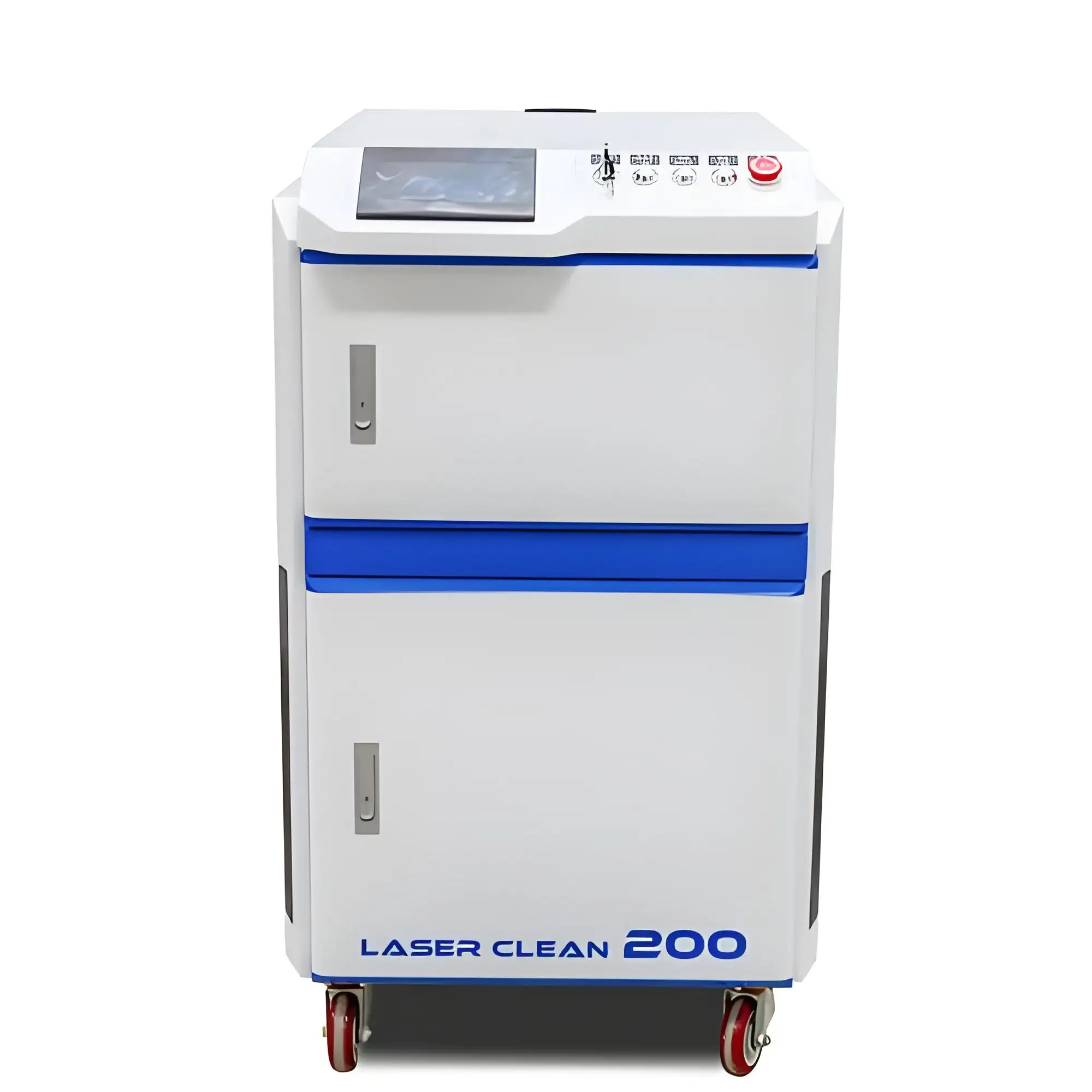
Can Laser Rust Removal Machines Be Networked?
The short answer is yes, many modern laser rust removal machines can be networked for remote monitoring, but the capabilities vary by manufacturer and model. Over the years, I’ve worked with brands like CleanLASER, P-Laser, and Laserax, and I’ve seen a range of connectivity options, from basic data logging to full-blown IoT (Internet of Things) integration. Let’s explore how this works and what you can expect.
1. Built-In Sensors and Data Collection
Most high-end laser rust removal machines come equipped with sensors that monitor key parameters like:
Laser power output: Ensures the laser is operating at the correct intensity.
Cooling system status: Tracks temperature and coolant levels to prevent overheating.
Operating time: Logs how long the machine has been running.
Error codes: Flags issues like power fluctuations or component failures.
In my experience, these sensors feed data to the machine’s control panel, which often includes a digital interface. For example, a CleanLASER unit I used at an automotive parts factory displayed real-time metrics like beam uptime and energy consumption on a touchscreen. This data is the foundation for remote monitoring, as it can often be exported or accessed via a network.
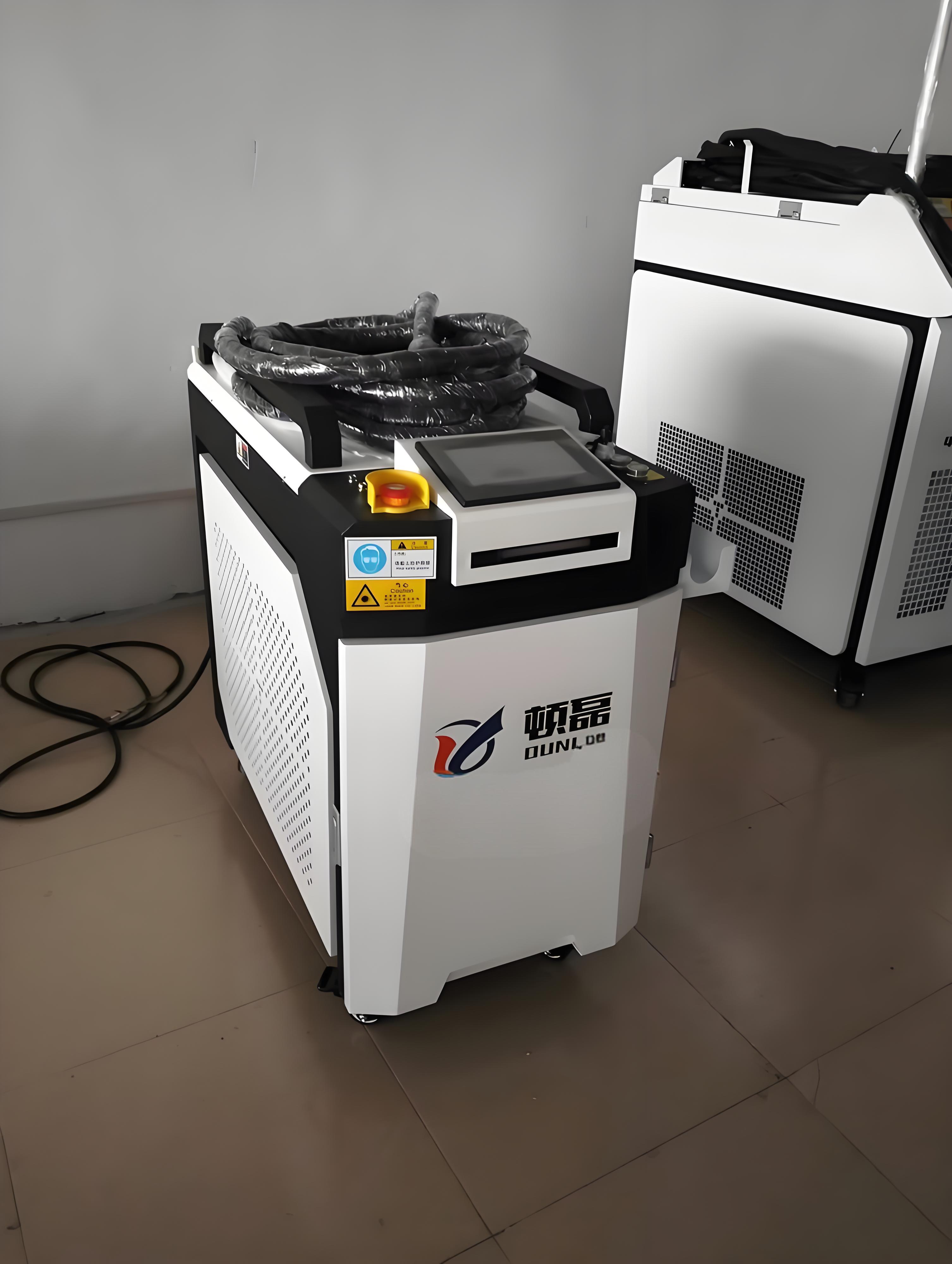
2. Networking Capabilities
Many modern laser rust removal machines support network connectivity through protocols like Ethernet, Wi-Fi, or Modbus. This allows them to integrate with a facility’s SCADA (Supervisory Control and Data Acquisition) system or a custom IoT platform. I worked with a steel fabrication plant that connected their Laserax machine to a local network, enabling the maintenance team to check the machine’s status from a central control room.
Some machines come with proprietary software that lets you monitor metrics like uptime, error logs, and maintenance schedules from a computer or mobile device. For instance, P-Laser’s software suite allows users to access real-time data via a web portal, which I found incredibly useful during a project where we needed to track multiple machines across different sites.
3. Cloud-Based Monitoring
The most advanced systems offer cloud-based monitoring, where data is sent to a secure server for access anywhere with an internet connection. This is a big deal for large operations or companies with multiple facilities. At a marine repair yard I consulted for, we set up a cloud-connected laser rust removal system that let the operations manager check machine status from their office 200 miles away. They could see metrics like laser runtime, error alerts, and even predictive maintenance warnings, which helped them schedule repairs before breakdowns occurred.
Cloud integration often requires additional hardware, like a gateway device, and a subscription to the manufacturer’s monitoring service. While this adds cost, the ability to monitor machines remotely can save thousands by preventing downtime.
4. Customization for Legacy Machines
Not all laser rust removal machines come network-ready out of the box, especially older or entry-level models. However, I’ve seen creative workarounds. In one factory, we retrofitted a basic laser unit with an aftermarket IoT sensor kit that tracked power usage and runtime. The data was sent to a local server via Wi-Fi, allowing remote access through a simple dashboard. While not as seamless as a factory-built solution, it got the job done for a fraction of the cost of a new machine.
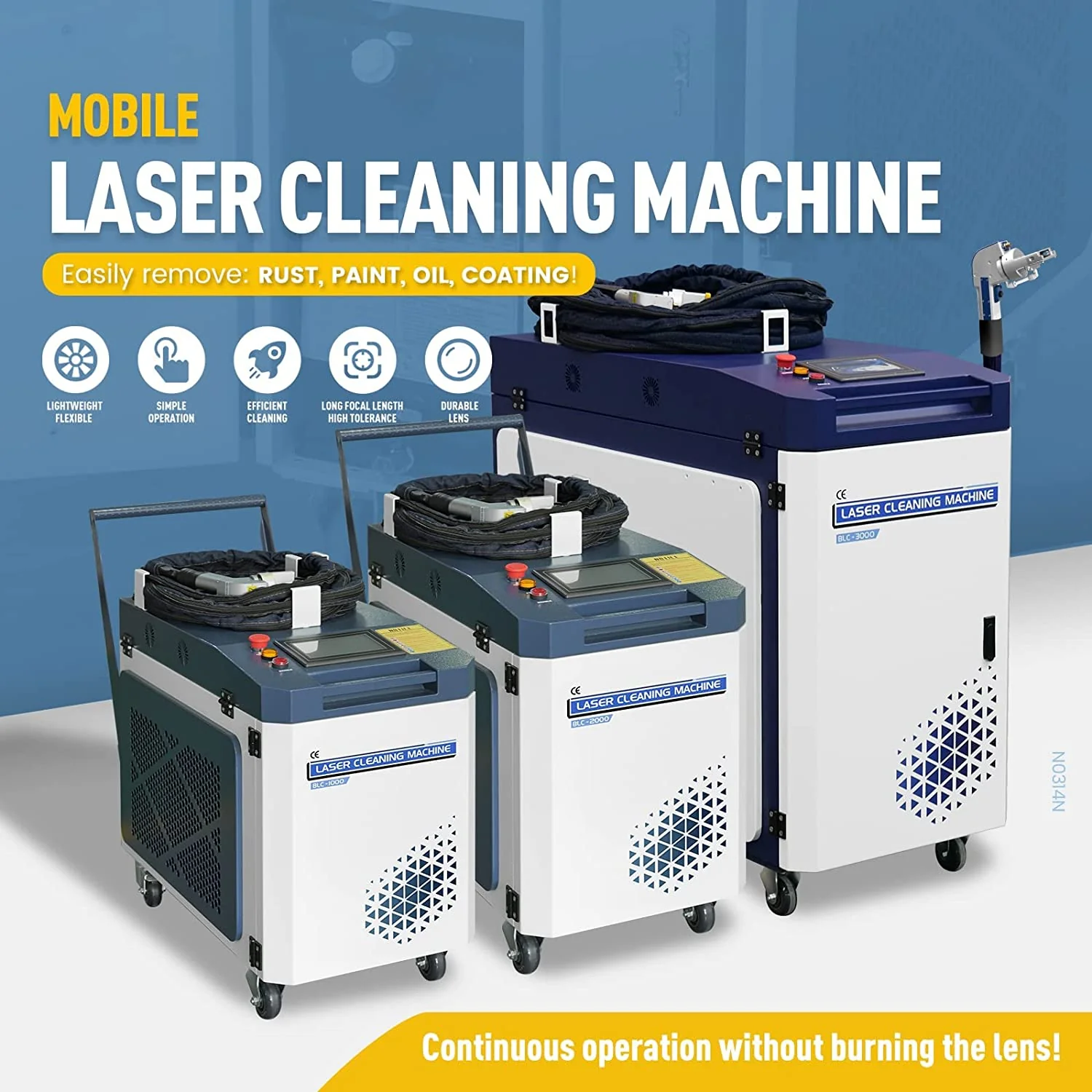
Benefits of Remote Monitoring
So, why bother networking your laser rust removal machine? Here are the key advantages I’ve seen in practice:
Reduced Downtime: Real-time alerts let you catch issues like overheating or power surges before they halt operations. At a metal fabrication shop, remote monitoring cut downtime by 30% by flagging maintenance needs early.
Improved Efficiency: Monitoring runtime and energy use helps optimize machine usage. One client saved 15% on electricity by adjusting operating schedules based on data insights.
Centralized Oversight: For businesses with multiple machines or sites, remote monitoring provides a single dashboard to track everything, saving time and travel costs.
Predictive Maintenance: Advanced systems use data to predict when parts like laser diodes or cooling pumps might fail, allowing proactive repairs. This saved one of my clients $5,000 in emergency repair costs over a year.
Challenges and Considerations
While networked monitoring is powerful, it’s not without hurdles. Here’s what I’ve learned to watch out for:
Upfront Costs: Machines with built-in networking or cloud capabilities are pricier, often $10,000-$50,000 for industrial-grade units versus $5,000-$20,000 for basic models. Add-ons like IoT kits or software subscriptions can cost $500-$2,000 annually.
Cybersecurity Risks: Connecting machines to a network introduces vulnerabilities. I’ve worked with IT teams to ensure firewalls and encryption are in place to protect data.
Technical Expertise: Setting up networked monitoring often requires IT knowledge. Smaller shops may need to hire a consultant, which I’ve seen cost $1,000-$3,000 for initial setup.
Compatibility Issues: Not all machines integrate easily with existing systems. I once dealt with a mismatch between a laser’s software and a factory’s SCADA system, which took a week to resolve.
Comparing Networked Monitoring Features
To give you a clearer picture, here’s a table comparing the networking capabilities of three popular laser rust removal brands, based on my experience and manufacturer specs:
|
Brand |
Network Protocol |
Cloud Monitoring |
Key Metrics Tracked |
Cost of Networking Features |
|---|---|---|---|---|
|
CleanLASER |
Ethernet, Wi-Fi |
Yes (optional) |
Power, runtime, errors, temp |
$1,000-$2,500 (subscription) |
|
P-Laser |
Ethernet, Modbus |
Yes |
Runtime, energy, maintenance |
$800-$1,500 (subscription) |
|
Laserax |
Ethernet, Wi-Fi |
Yes (optional) |
Power, uptime, cooling status |
$1,200-$3,000 (subscription) |
Note: Costs are estimates based on typical configurations and may vary by model and region.
This table shows that all three brands offer robust networking options, but the extent of cloud integration and the cost of subscriptions vary. CleanLASER and Laserax are particularly strong for multi-site operations, while P-Laser’s Modbus support makes it ideal for factories with existing automation systems.
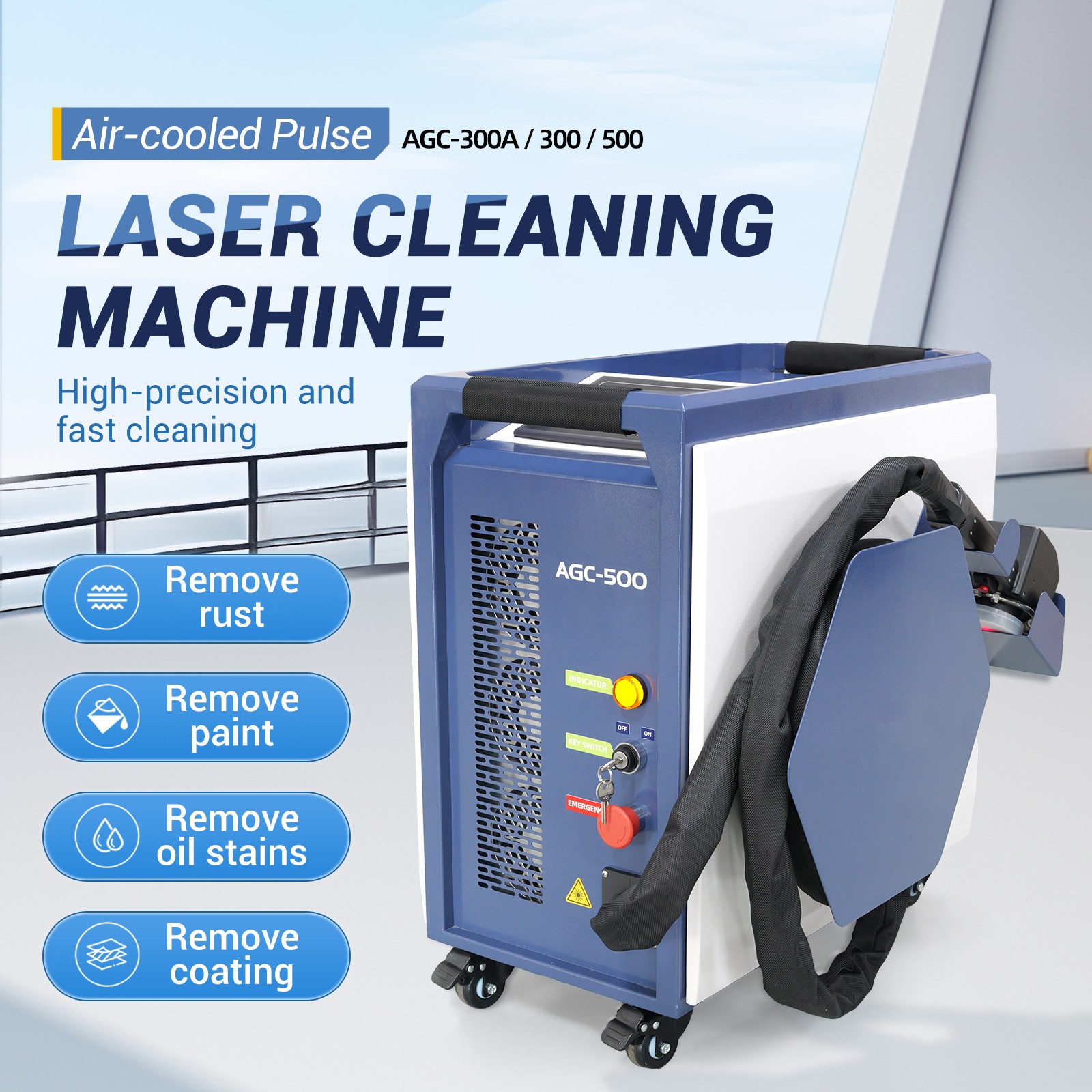
Real-World Examples
Let me share a couple of stories to illustrate how networked monitoring works in practice. At a shipyard I consulted for, we installed a CleanLASER unit with cloud monitoring. The maintenance team could check the machine’s status from their office, catching a cooling system issue before it caused a $10,000 shutdown. The system paid for itself in under a year by preventing downtime.
In another case, a small automotive parts manufacturer used a P-Laser machine with Ethernet connectivity. They integrated it with their local network, allowing the floor manager to monitor runtime and energy use from a tablet. This helped them optimize shifts, reducing energy costs by 12% annually, or about $2,000.
How to Implement Remote Monitoring
If you’re considering adding networked monitoring to your laser rust removal machine, here’s how to get started based on my experience:
Choose a Compatible Machine: Opt for a model with built-in networking (e.g., Ethernet or Wi-Fi). Brands like CleanLASER or Laserax often include these features in their mid-to-high-end models.
Assess Your Network: Ensure your facility has a reliable internet connection and a secure network. Work with an IT specialist to set up firewalls and data encryption.
Select Software: Use the manufacturer’s software or a third-party IoT platform like Siemens MindSphere or GE Predix for advanced analytics.
Train Your Team: Teach operators how to interpret monitoring data and respond to alerts. A half-day training session is usually enough.
Start Small: If budget is a concern, begin with a single networked machine and scale up as you see the benefits.
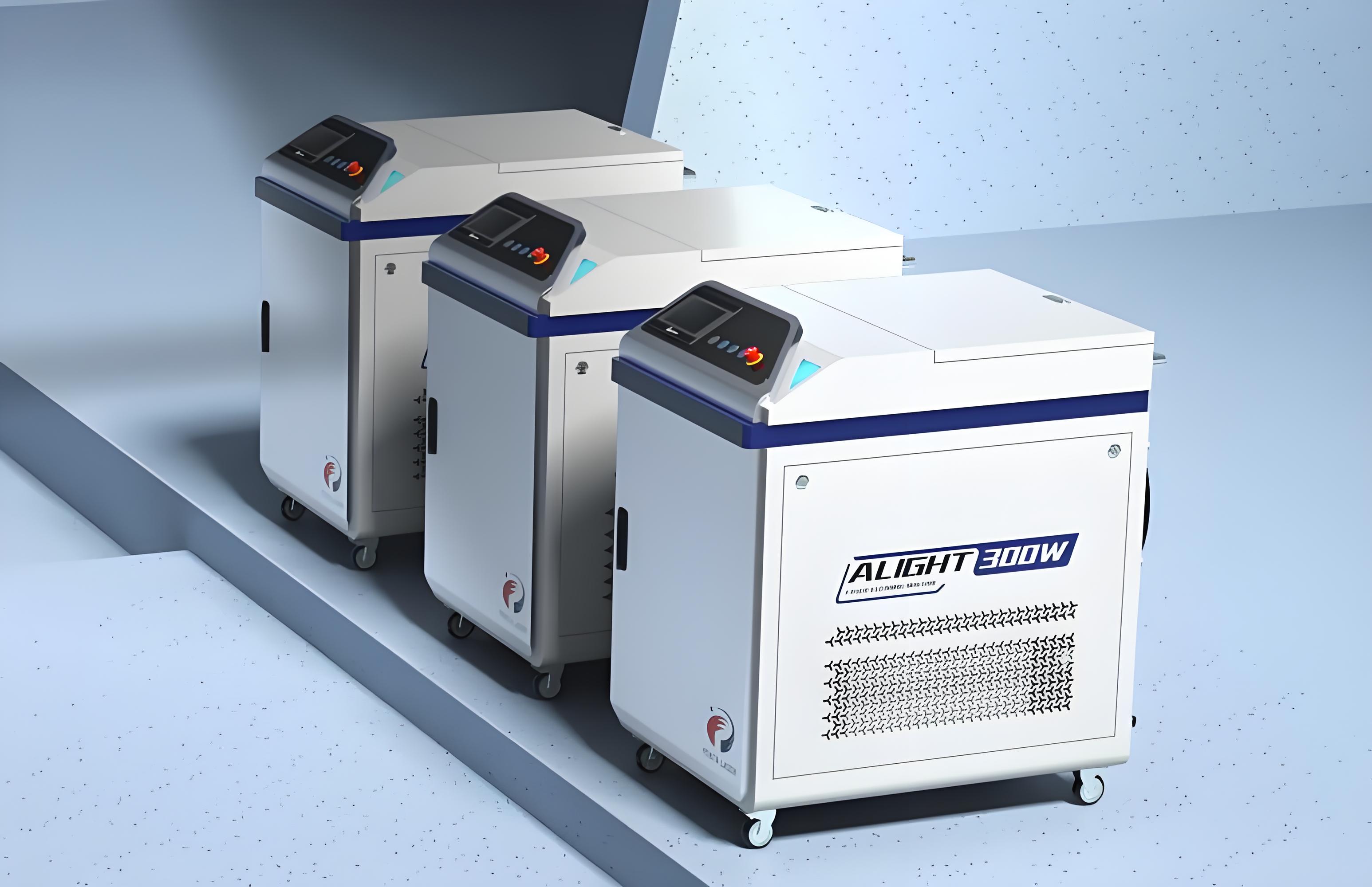
Beyond Monitoring: Additional Perks
Remote monitoring isn’t just about keeping an eye on the machine. It can also:
Boost Productivity: Real-time data helps optimize machine usage, reducing idle time.
Enhance Safety: Alerts for overheating or power issues prevent accidents, which I’ve seen save thousands in liability costs.
Support Sustainability: Monitoring energy use helps reduce your carbon footprint, which can appeal to eco-conscious clients or regulators.
Wrapping Up
From my years working with laser rust removal machines, I can confirm that networked monitoring is not only possible but increasingly standard in modern models. Whether through Ethernet, Wi-Fi, or cloud-based systems, these machines can provide real-time data on power, runtime, and maintenance needs, helping you cut downtime, optimize efficiency, and save costs. While the upfront investment and setup can be a hurdle, the benefits—often thousands of dollars in savings and improved operations—make it a worthwhile consideration for any industrial operation.
If you’re running a workshop, factory, or maintenance facility, look into the networking capabilities of your laser rust removal machine. A little planning and investment upfront can keep your operations running smoothly and your budget in check.
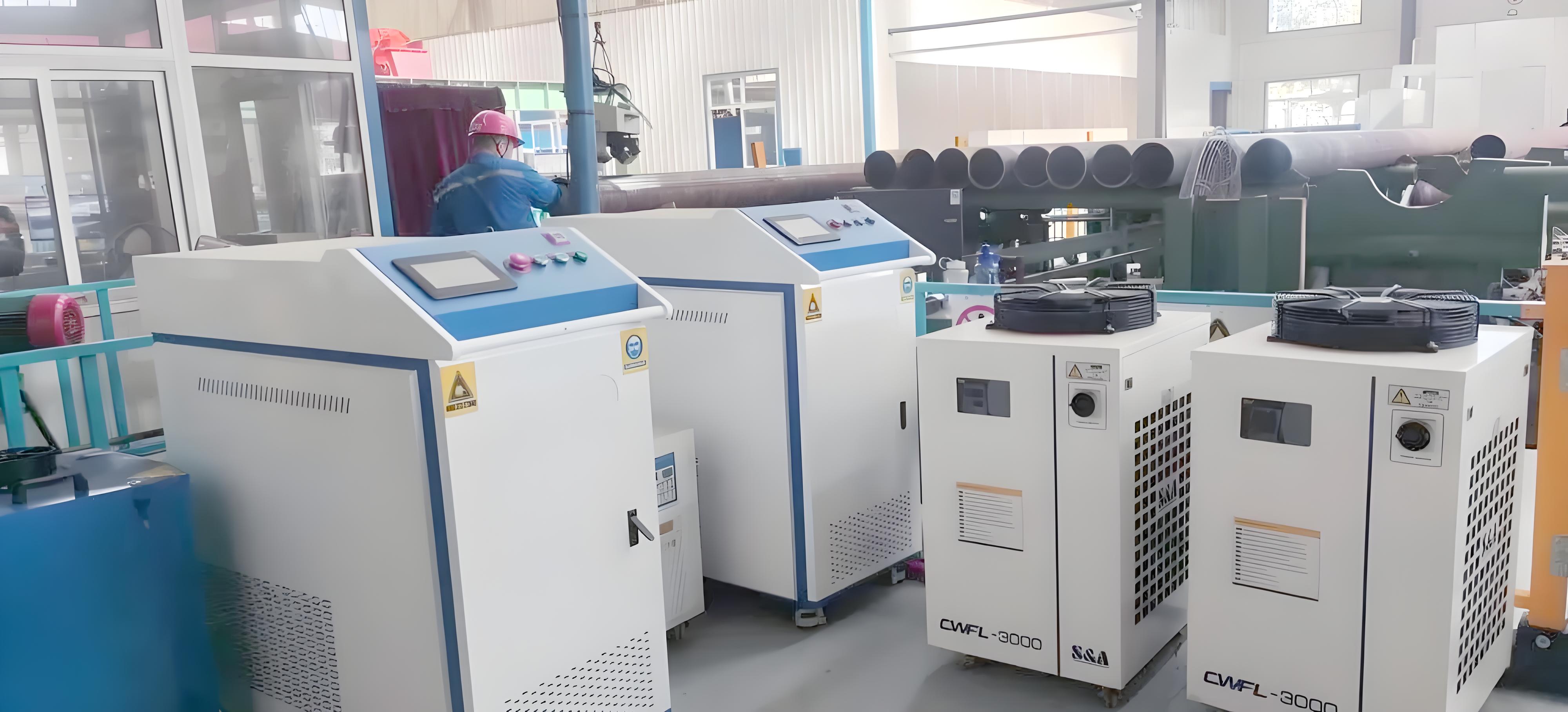
Related Questions and Answers
Q: Do all laser rust removal machines support remote monitoring?
A: Not all models do, especially older or entry-level ones. High-end units from brands like CleanLASER or Laserax typically include networking options, while basic models may need aftermarket IoT kits.
Q: How secure is networked monitoring for these machines?
A: Security depends on your setup. Use strong passwords, encryption, and firewalls to protect data. I’ve worked with IT teams to ensure machines are isolated from public networks to minimize risks.
Q: Can I monitor multiple machines at once?
A: Yes, cloud-based systems or SCADA platforms can track multiple machines across sites. I’ve seen this work seamlessly in large operations with centralized dashboards.
Q: What if my facility has poor internet?
A: You can use local networking (e.g., Ethernet) for monitoring within the facility. For remote access, consider upgrading your internet or using a cellular router for connectivity.

